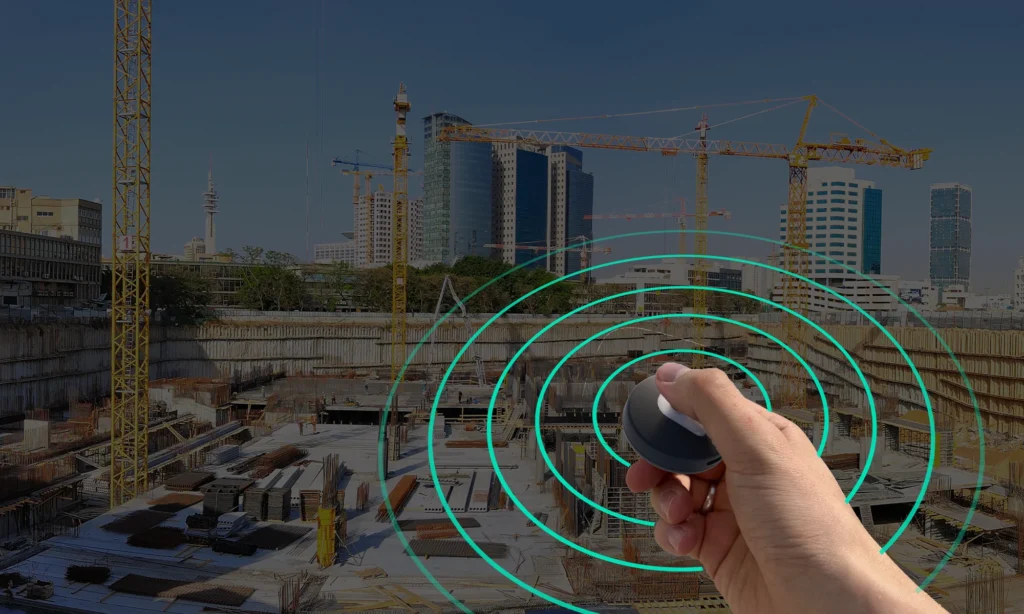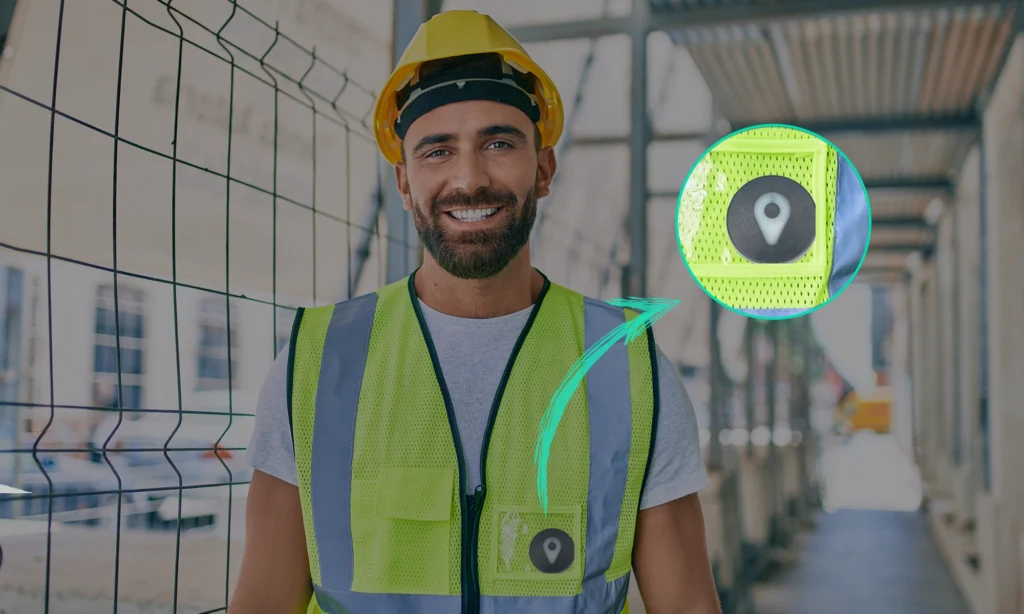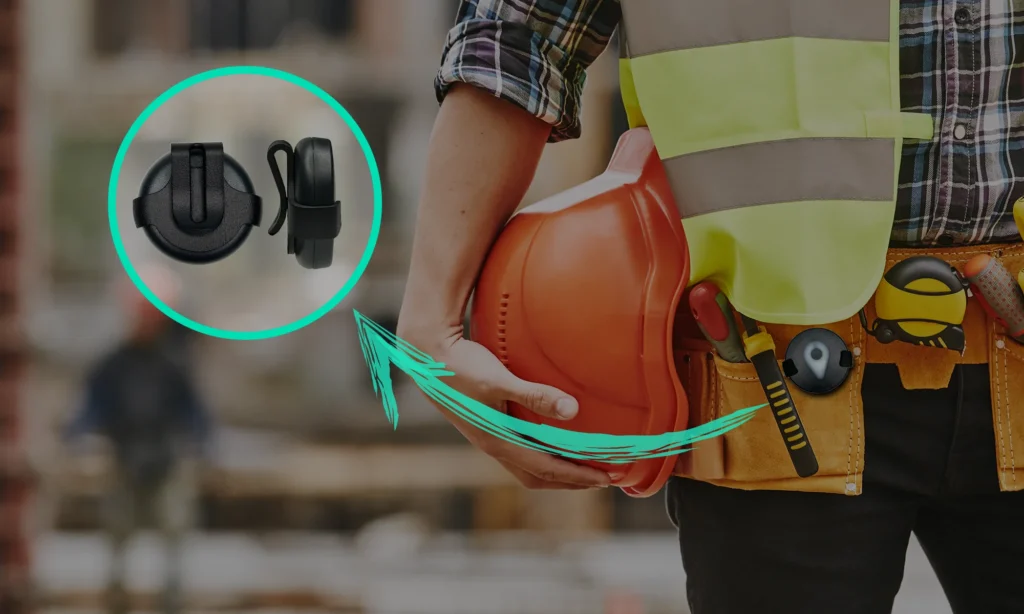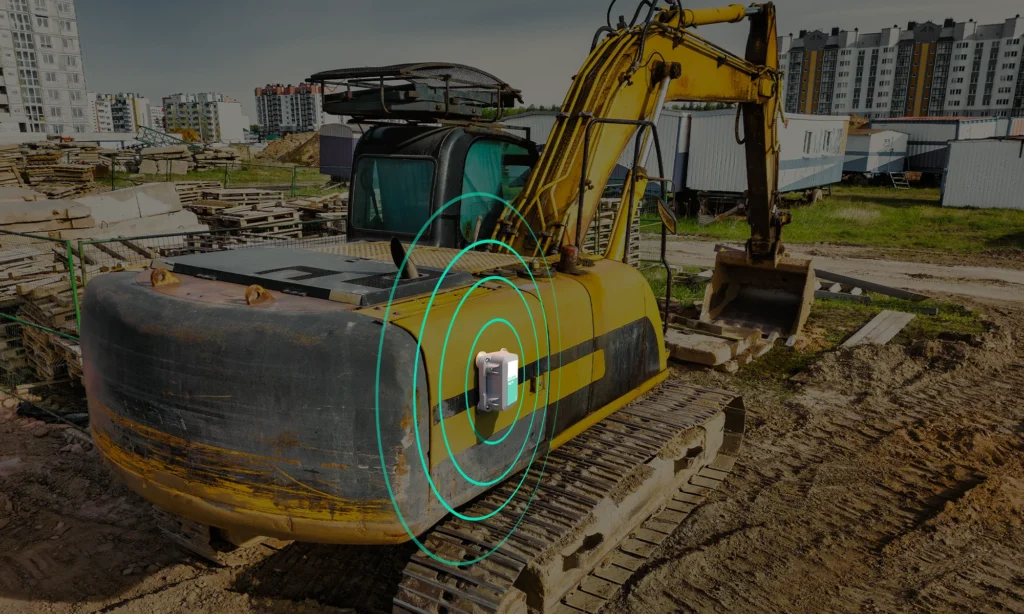Effective Workforce Protection

The Critical Task of Lone Worker Protection
Ensuring worker safety in high-risk environments is critical, as millions face daily hazards in industries such as construction, agriculture, and manufacturing. With approximately 330,000 work-related deaths annually and 395 million non-fatal injuries globally, implementing advanced safety measures is essential to protect workers and reduce risks.
Among these challenges, lone workers—those operating in isolation during long working hours—are particularly vulnerable. Without immediate assistance, minor incidents can escalate into severe emergencies. Common risks include slips, trips, falls, and exposure to environmental hazards. To address these threats, organisations must adopt tailored safety strategies that include robust communication systems, cutting-edge monitoring tools, and thorough risk assessments.

How Truvami solves Challenges for worker safety
Immediate Response to Emergencies
In situations such as medical emergencies, falls, or exposure to hazardous conditions, the ability to send an instant alert enables rapid assistance, reducing the severity of injuries or preventing fatalities.
Reduced Isolation Risks for Lone Workers
Lone workers, who often operate without immediate support, face increased dangers. Alarming devices bridge this gap by providing a safety net that ensures help is always accessible, regardless of location.
Proactive Hazard Management
Alarming systems integrated with monitoring technologies can detect and report unsafe conditions before incidents occur, enabling preventive action.
Increased Worker Confidence
Knowing that help is just a button press away enhances workers’ sense of security, which can boost morale and productivity.
Regulatory Compliance
Some safety regulations mandate the availability of emergency response systems for workers in hazardous roles. Alarming devices help organizations meet these requirements efficiently.

Key Safety Transformations
Construction Site Safety
A worker operating heavy machinery in low-visibility areas is alerted to nearby hazards through geofencing and continuous tracking, reducing accident risks significantly.
Lone Worker in Remote Areas
A field technician working in isolation benefits from precise geolocation, periodic check-ins, and a panic button for emergencies, ensuring rapid response when needed.
Hazardous Material Handling
In a chemical plant, Truvami tracks hazardous materials’ locations and provides alerts for potential spills, enabling their clients with data for swift precautionary measures and optimisation insights for future safety protocols.
Get in Touch Today
I look forward to connecting with you and introducing our Truvami tracking solution to you.

Get in Touch Today
I look forward to connecting with you and introducing our Truvami tracking solution to you.




